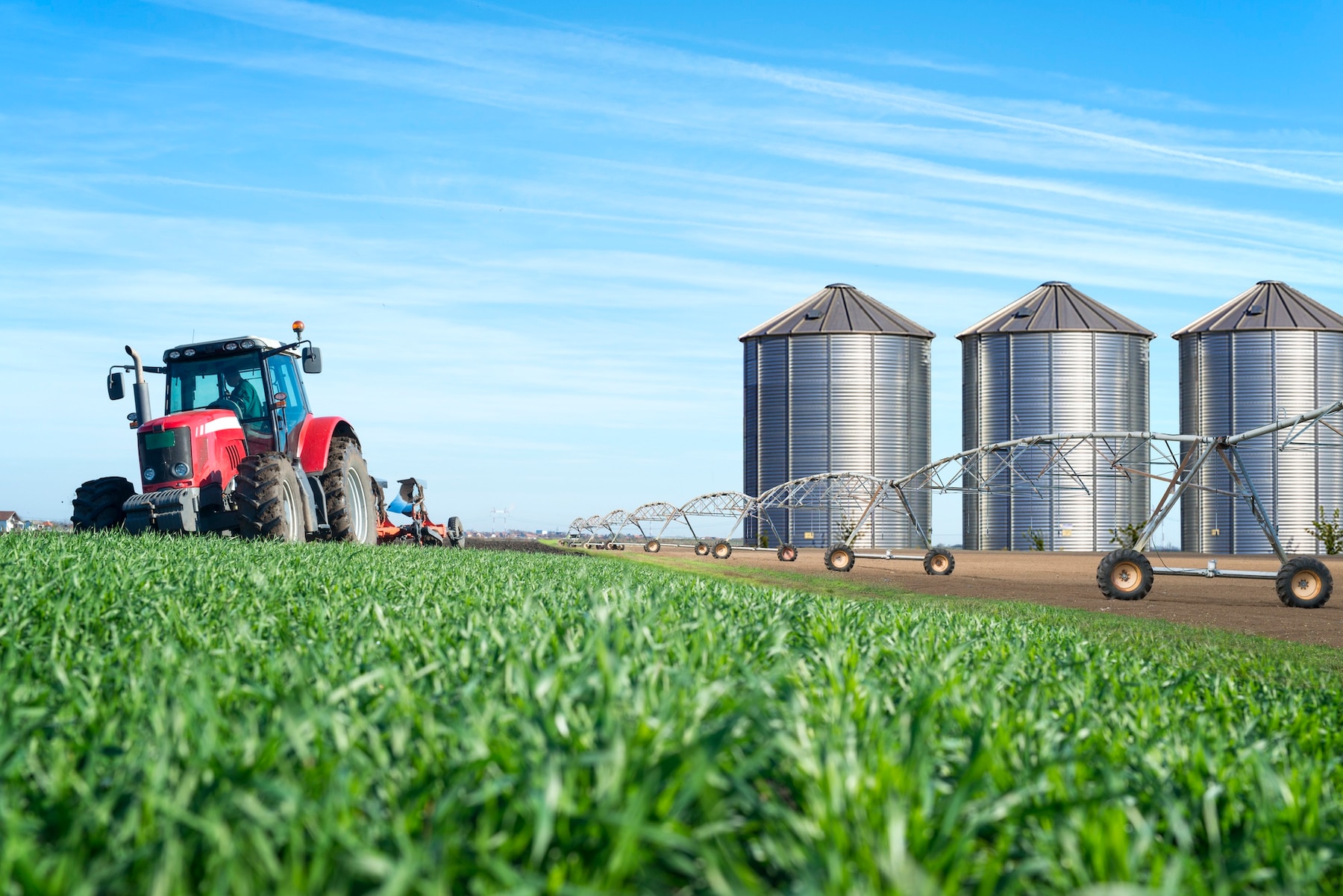“ In many cases, jobs that used to be done by people are going to be able to be done through automation. I don’t have an answer to that. That’s one of the more perplexing problems of society”- John Sculley
In our almost 60-year history, the call for Nigeria’s industrialisation has never been stronger than there is today. Indeed, Industrialisation is one of the current administration’s priorities given its acknowledged ability to bring prosperity, new jobs and better incomes for all. How can Nigeria transform from an import-led economy that also relies on imported manufactured goods, to a producer and exporter of finished goods and services? Historically, industrialisation has been relatively slow, taking centuries to evolve.
The first industrial revolution began in the early 19th Century when the power of steam and water dramatically increased the productivity of human (physical) labour.
The second revolution started almost 100 years later with electricity as its key driver. Mass industrial production led to productivity gains and opened the way for mass consumption.
The third revolution followed 70 years after with information technology: the use of computing in industry and the development of PCs.
Today, we are witnessing the rise of the Fourth Industrial Revolution.
What is the Fourth Industrial Revolution?
Also known as the digital revolution, the Fourth Industrial Revolution (4IR) combines technological and human capacities in an unprecedented way through self-learning algorithms, self-driving cars, human-machine interconnection, and big-data analytics. According to World Economic Forum (WEF), 4IR is characterised by the fusion of technologies that is blurring the lines between physical, digital and biological spheres collectively referred to as cyber-physical systems. But 4IR is more than technology, as it gradually shapes how we live and work (and even play). It also ushers in a revolution of experience. Contrary to the depiction of 4IR in popular movies such as The Terminator and I Robot, 4IR is expected to be largely positive.
It will generate ideas never before considered and proffer solutions to problems that do not yet exist. From consumers to manufacturers to cities, 4IR advancements are more accessible and less costly than just a few years ago.
What are the Opportunities and Threats?
According to PwC, global GDP could increase by 14% in 2030 as a result of Artificial Intelligence (AI) which is an additional $15.7 trillion. The 4IR is rapidly disrupting by providing digital platforms for research, development, marketing, sales and distribution. These platforms could drive efficiency and productivity while also reducing logistics and communication costs. It is already creating new global supply chain channels. Yet, one opposing argument is that the 4IR can yield greater inequality to the economy as talent, not capital, will become the new factor of production. This will inevitably give rise to a job market that is segregated into ‘low-skill/ low-pay versus ‘high-skill/ high-pay. It will be crucial for workers to acquire new skills. Another area of concern by some is the loss of jobs as automation begins to replace the unskilled and semi-skilled workforce. The good news is that while new technology may cause the creative destruction of some jobs, it will also create many new jobs, some of which we can’t even imagine today. History shows that technology will always create more jobs than it wipes out.
How does Nigeria become 4IR-ready?
For Nigeria to fully harness the benefits of 4IR, we must boost the country’s digital development. A “Future Agenda” which promotes digital transformation, and addresses necessary policies relating to Education, Entrepreneurship, E-commerce and Infrastructure must be fully implemented. The educational curriculum must change rapidly in response to the increasing need for technical and “STEM” skills (science, technology, engineering, and mathematics). They are necessary for the jobs of tomorrow. The Nigerian entrepreneur will no longer compete just locally but against unknown entities in other parts of the world. Consequently, 4IR-compatible policies that promote entrepreneurial experimentation are essential to support the survival of technologically driven enterprises.
Opportunities for BOI in the 4IR.
Leveraging the opportunities of the 4IR will require a strategic and staged approach. This has a two-fold implication: redefining the service we provide and enhancing our staff and structure. As a DFI, BOI would lead the way in providing long-term finance to procure the equipment of the future as well as offering capacity-building programmes to equip entrepreneurs with the skills required to establish businesses that will thrive in the 4IR. Additionally, the bank would develop innovative methods of collecting and analysing data that will better understand patterns of consumer behaviour and needs to effectively inform product development and service offerings.


